Everybody involved in cross-border trade have advocated the need for trade faciltation and speed of border processes.
However when speaking to traders another thing always emerges before speed, namely predictability. Importers and exporters want predictability and speed. In that order.

It doesn’t really help a company engaged in cross-border international trade if the process is fast sometimes, and not other times. In fact it is better to have a process that is predictable and delivers consistency – even if it is a bit slower – but the same speed every time, than a very fast process that sometimes takes forever. Today – and really since many years now – the logistic chain has been streamlined and facilitated to a maximum. We use systems for just-in-time-deliver instead of warehousing principles. It is simply too expensive to store goods for clients that might appear. We don’t do that anymore.
In fact the new global value chains are extremely sensitive to disruption, and it is all about planning. So predictability is a must if we really want to improve international trade and the global supply chain.
Government agencies also need to become better in delivery of predictability thought throughout the entire border process. Private Sector really do not care if it is Agency A or Agency B that is causing an unpredictable delay. It is about the total time that it takes to pass the border.
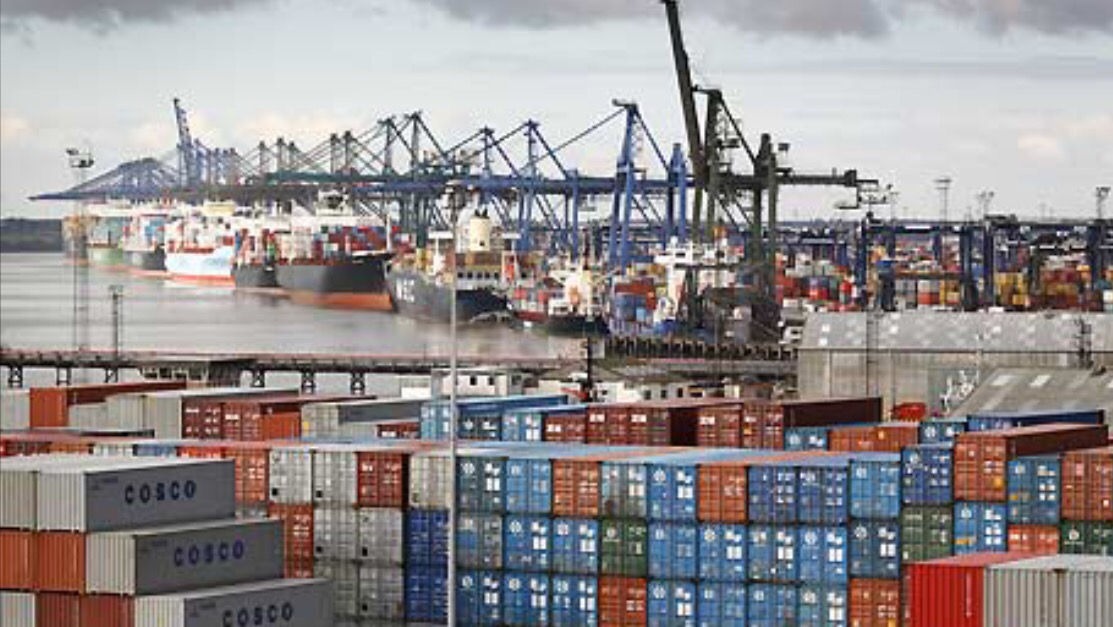
Today we have systems and programmes helping out with these problems. The Authorised Economic Operator (AEO) programmes should alwaysprovide an enhanced predictability, since the idea of supply chain security is to increase the predictability, stability, transparancy and safety of the global supply chain.
I believe that we need to start to measure the predictability in our trade flows in a more systematic way. Thid has kot been done so far, but new innovative AEO programmes like AEO UAE and Australian Trusted Trader have been designed to enhance and measure predictability. In addion both dubai Customs (where the AEO UAE programme is pilot tested) and Australian Department of Immigration and Border Protection (DIBP) have publicly declared that they will measure predictability, make the results public and set improvement target goals for Service Level Agreements (SLA) for AEOs and Trusted Traders. This will give us a new Key Performance Indicator (KPI) structure for the area that business says is the most important one. I can only celebrate and salute the predictability initiatives as great, since these are visionary and bold decisions made by strong leaders in the top management of the organizations. Others should follow.
The international institutions like, e.g; World Customs Organization etc – should develop transparant models for measurement of predictability so we can set benchmarks for greatness globally in this respect.
So far we have the Time Release Study (TRS) which is a good instrument to find bottlenecks and to use as the basis for business process re-engineering. But it is does not work as a on-going KPI and it does not measure predictability.
Another important part is how Government agencies handle those moments when it is really necessary to make additional controls when predictability is disturbed (for good reasons, if risk managment systems are in place).
So how do we communicate valid disruptions to our clients, especially Authorised Economic Operators and Trusted Traders. Or do we? Probably not. Where is the control taking place? Can an alternative control location be used? Can Non-Intrusive-Inspection (NII) equipment be used to minimize the time loss, while maximizing the control results? Can communication about time frames be sent to the operator making it possible to plan the event for better cost-efficiancy and minimal disruption?
We also need more research in the area of trade flows including for AEO programmes, compliance managment models, difference between high/low risl flows and for transhipments. Who will take the initiative here? WCO under PICARD? Or maybe the International Network of Customs Universities (INCU)?
We in KGH are right now together with our clients testing a model for measurement of predictability in different risk flows linked to AEO. The test is done in three very different countries. I am convinced that we will have a best practice model operational before the end of this year.
Either way this is an area that has just started its journey – we will talk more about predictability in the future than what we have done in the past.
Today I visited the Swedish Consulate General in New York, located at 445 Park Avenue in New York.
In December 2015, the honorary Consulate General of Sweden in New York was upgraded to a full diplomatic mission. The Consulate General focuses on the promotion of Sweden in a broad sense, including trade and investment, cultural and consular affairs.

I was at the Residence at 600 Park Avenue for a meeting with the new Consul General, Mr. Leif Pagrotsky.
I had a great meeting with Mr. Pagrotsky who I know from before.
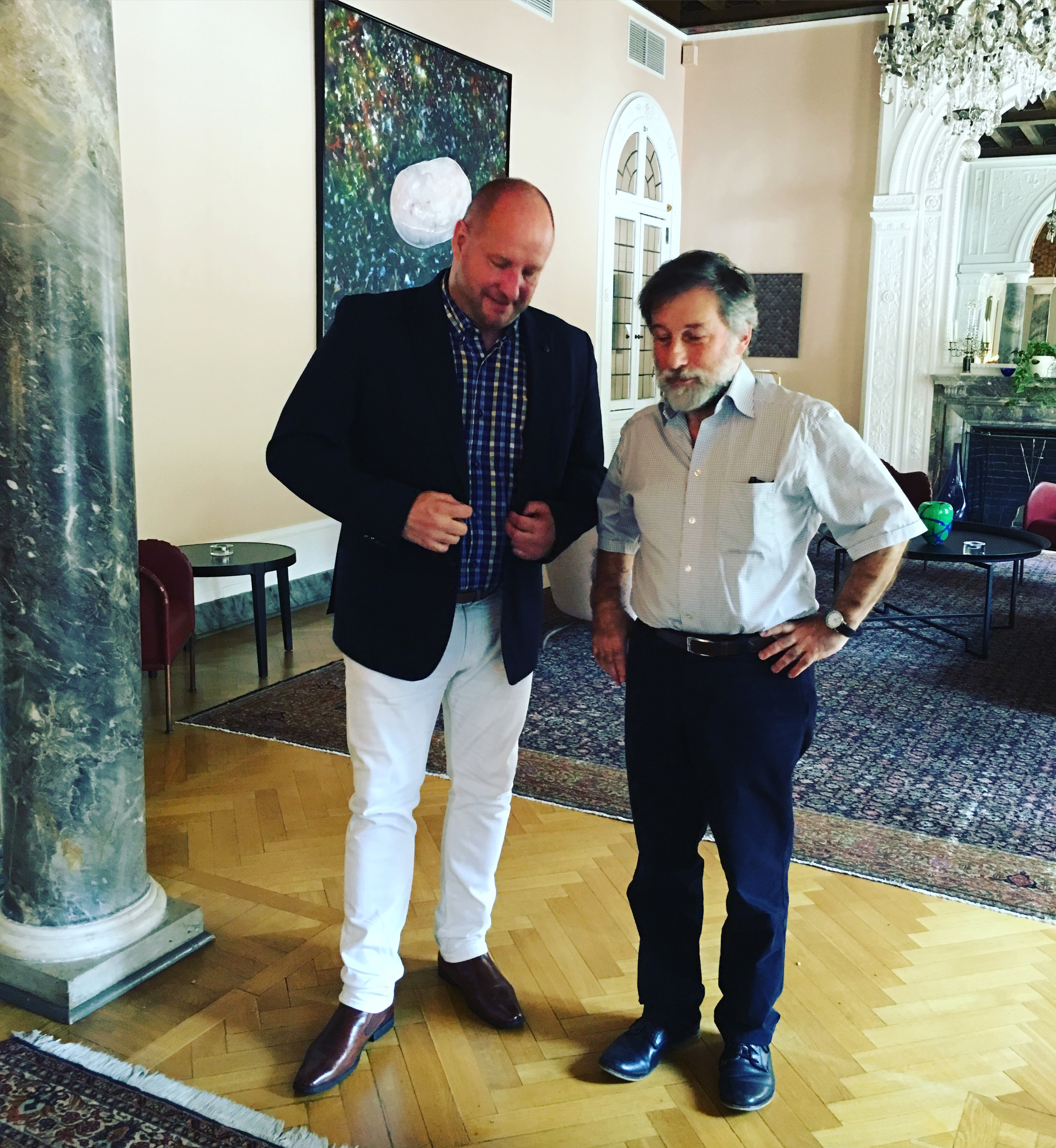
Mr. Pagrotsky was Swedish Minister of Industry and Trade of Sweden from 1997 to 2004 – during a very dynamic period of Swedish Customs, when I had the privilige to work in the top management as responsible for reform and development.
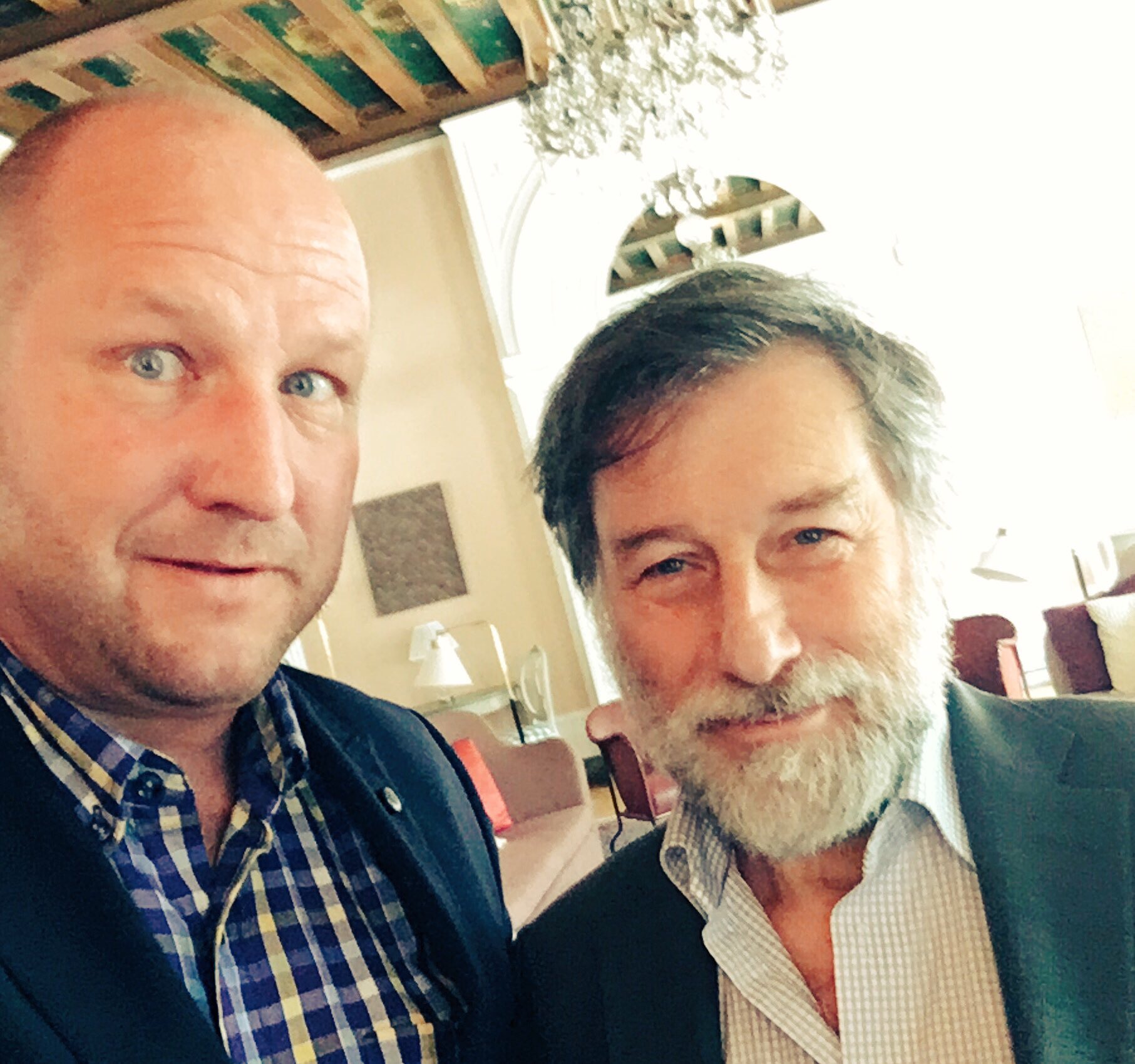
During this period programmes like the Autorized Economic Operator concept (The Stairway), the Single Window, One-Stop-Shop and the Green Corridor were invented, designed, developed and implemented.
All with the strong visionary political support by Leif.
Consul General Pagrotsky is an internationally acknowledged economist and also one of the most well known and successful politicians of Sweden. A great advocate for trade facilitation and international cooperation. He had an outstanding political career. Mr. Pagrotsky was Minister of Trade and Industy (several times), Minister of Culture and Minister of Education and he has a fantastic international network.
Mr. Pagrotsky has always been an innovative leader who is seeking new solutions and who delivers results. As an example he was the first Minister to publish a joint article with a Chinese Minister in international media, which happened in 2003.
This is a remarkable article “Making trade easier : Stop the holdups at the border” written by Leif Pagrotsky (when Trade Minister) together with the Chinese Trade Minister at the time, Shi Guangsheng – and published in New York Times (and many other international newspapers). To read the article, click here: NewYorkTimes
It was great to see him again. We had a lot to talk about.
This week I have been in United States for meetings on security.
I have had great meetings with numerous of people and we are making progress.
We have new solutions for the future of trade and it is important to make sure that these solutions are fully compatible with the plans of the Governments in the major trading blocks.
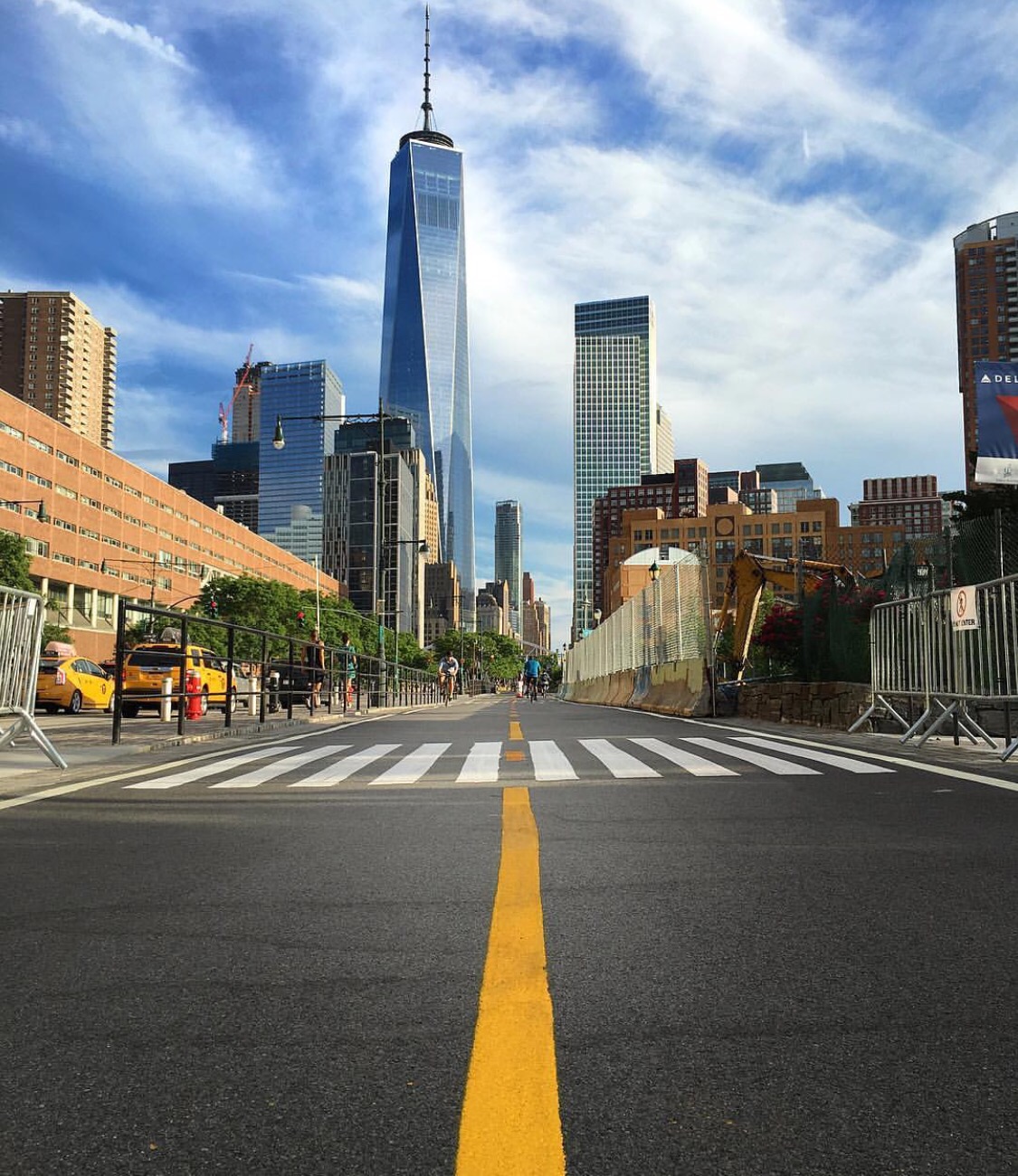
I am happy to say that after consultation – they are. In fact, more than so. We build the future.
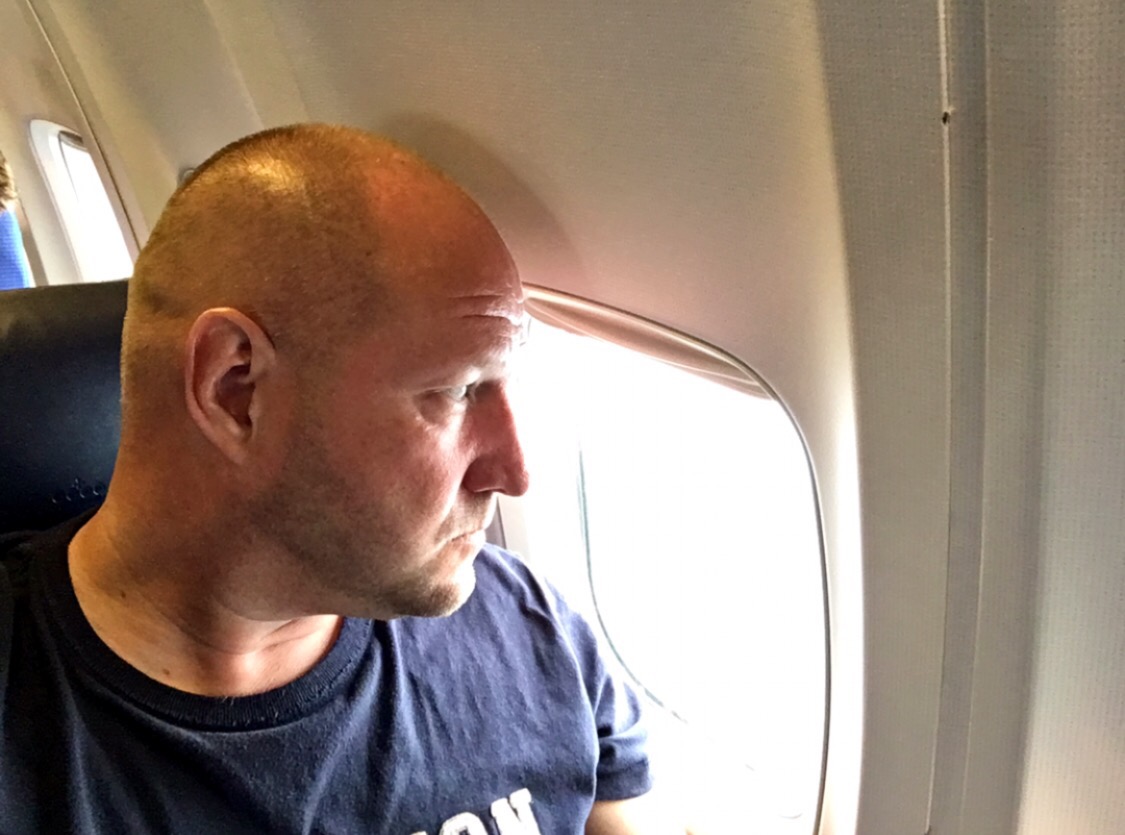

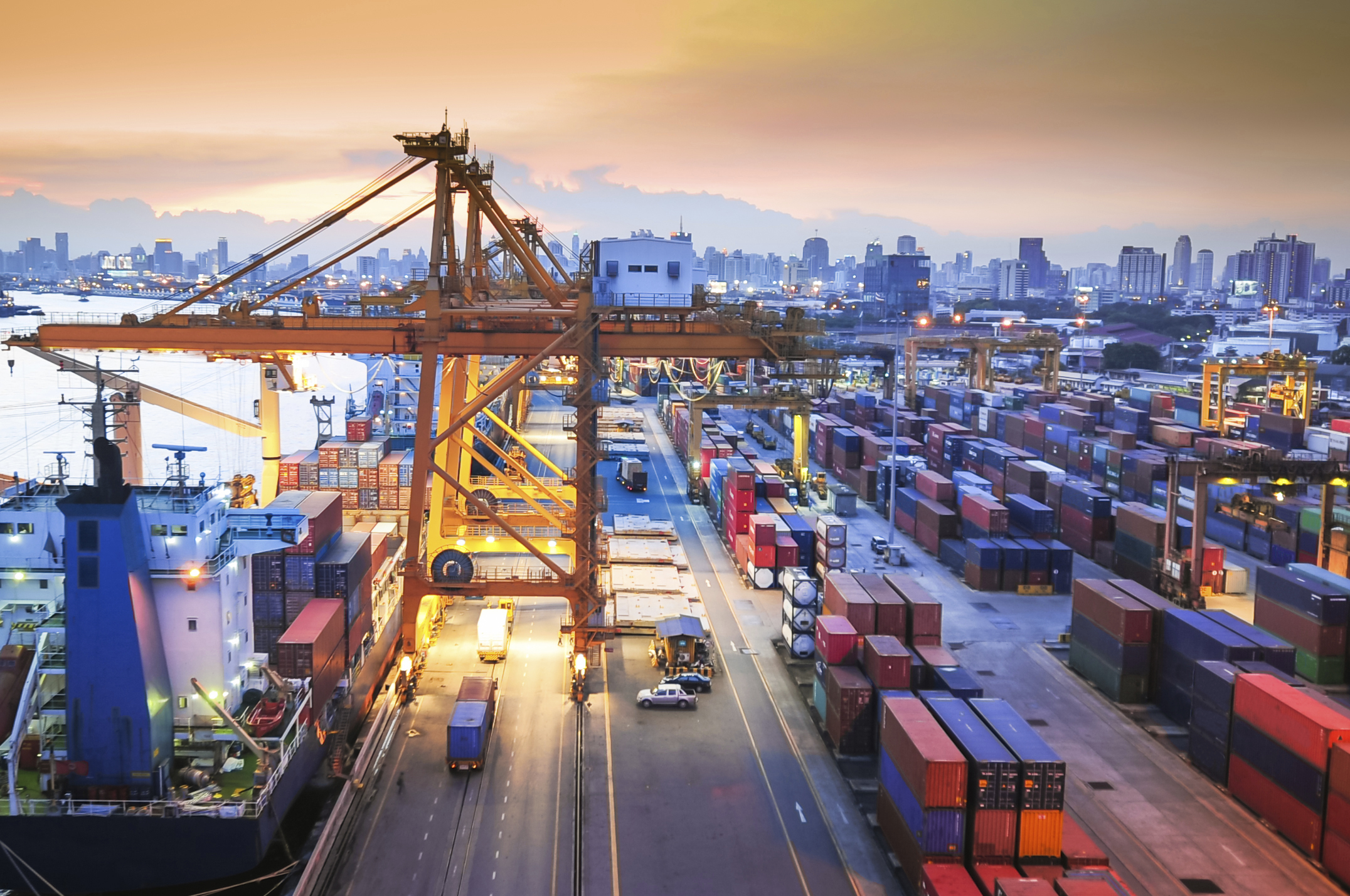

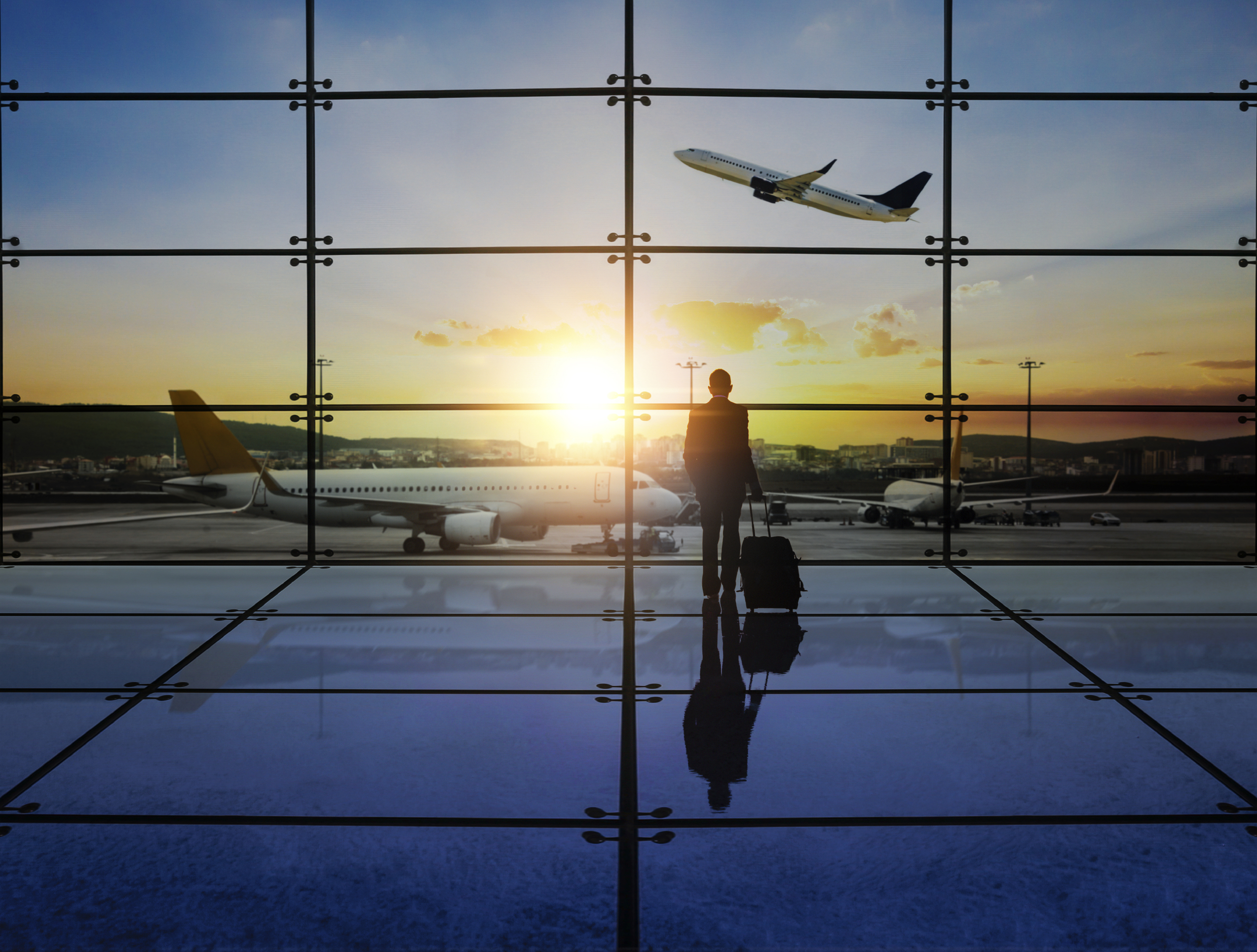

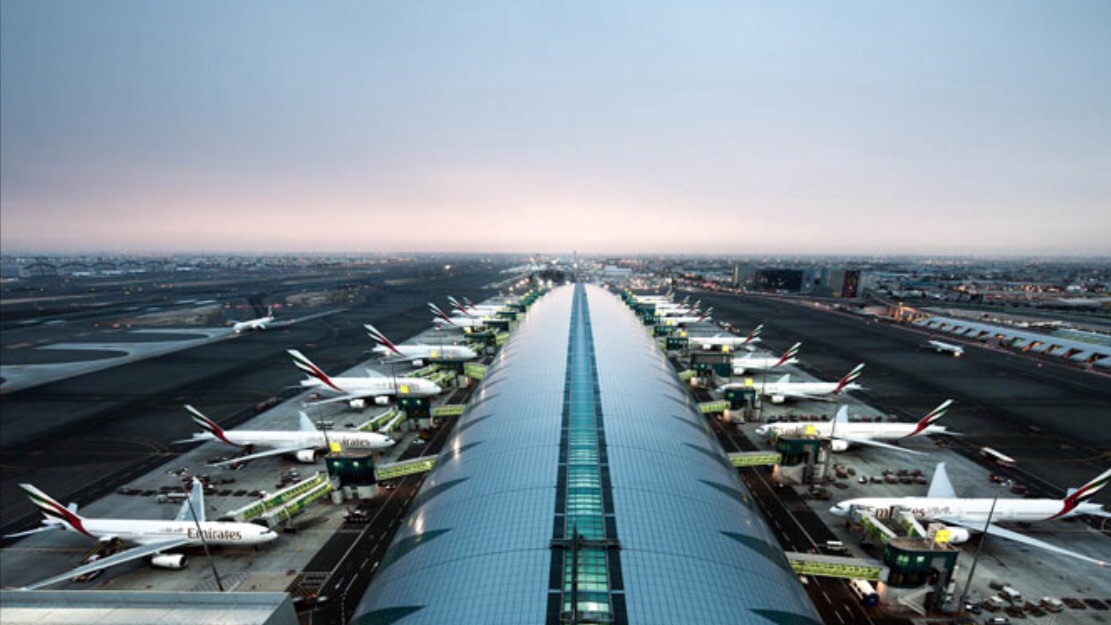
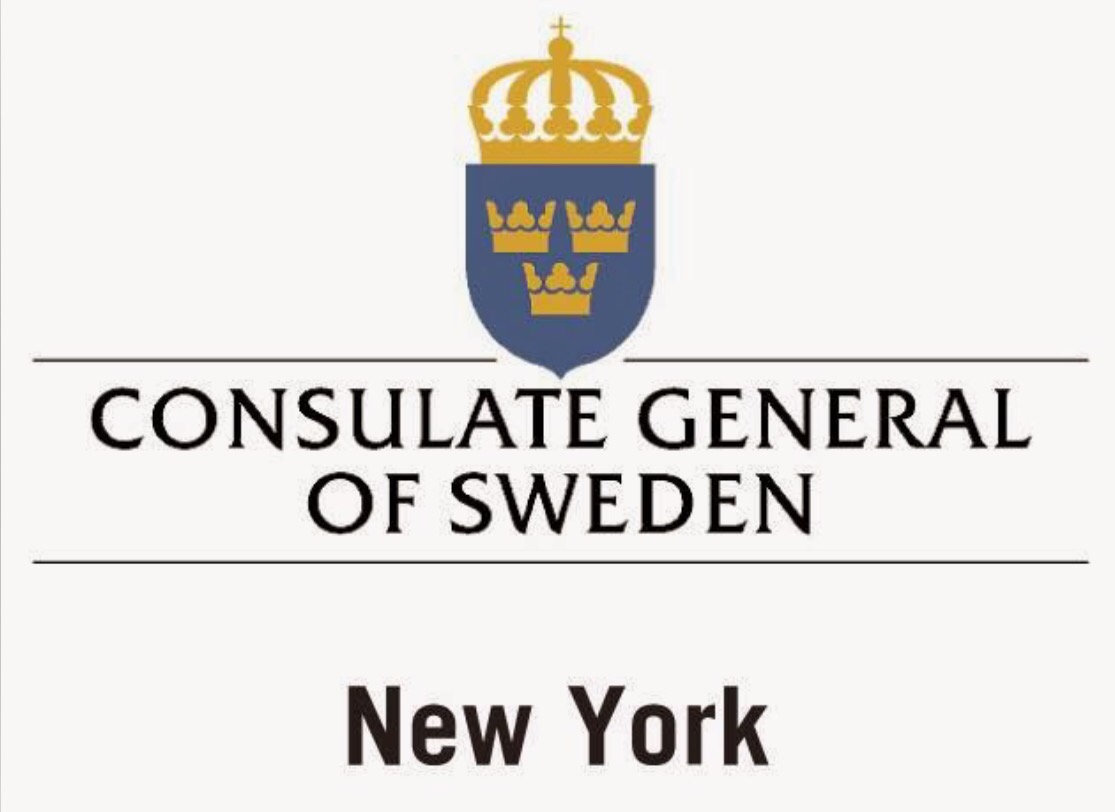


You must be logged in to post a comment.